How solar air heaters work:

The above diagram indicates the basic concept of a solar air heater, and while there are many designs, the basic principle is the same - a small fan feeds interior air into a south-facing wall-mounted panel. Air is heated as it passes behind a black surface and is then returned to the conditioned space at a much higher temperature. "Free" passive solar heating on a budget!
DIY solar air heater videos are a big hit on YouTube, with a couple of main staple ideas - recycled pop can solar collectors, downspout solar collectors, screen or sheet metal solar collectors. If you don't have it in you to make one yourself, solar air heaters for sale are also available online for purchase with a bit of internet digging.
Aside from large commercial installations, the most common application for solar air heaters seems to be supplemental heat for individual rooms, like an addition, a workshop, garage or any other small outbuilding.
The reason we say 'supplemental' is that while while a modicum of heat can be collected on cloudy days, you're mostly going to feel the heat when the sun is shinning. And without some a sizable amount of thermal mass to store heat and release heat, it's unlikely that anything but the most well-insulated buildings will maintain a comfortable room temperature from sundown to sunup on a cold winter night.
If you're looking for a solar air heater to warm a building with no power, you can gain heat simply through natural convection as warm air rises, but you will get much more heat by forcing air through it with a fan. Fans don't require a lot of energy to operate, so a small dedicated PV panel would do the job when there is no other available power and will automatically drive the fan when air movement is needed most - when the sun is shining on the panel - and will stop at night when the panel cools down. 12v fans for desktop computer cooling are an ideal way to pressurise the system and get air moving for solar air heaters installed off-grid.
Pop-can solar panels: This is nothing short of brilliant and could be the only solid reason to justify drinking pop. It is however a rather time consuming process - cans need to be cleaned, have holes cut in the bottom, tabs removed, then they need to be glued together in a stack and finally painted black.

Air is blown into a chamber at the bottom of the heating panel and forced up through the stacks of cans into a top chamber that collects the sun-heated air and directs it back indoors.
Downspout solar collectors: Just as it sounds, this design replaces the stack of pop cans in the solar air heating panel with standard eaves trough downspouts painted matt black to absorb the sun's rays. The same principles apply to this as the pop can solar collector, and although you will spend more on materials, you'll save a lot on labour and it looks neater. The end result is the same; air is heated as it passes through black tubes when the sun shines.

Solar screen or sheet metal heat absorber: The designs we found involved 3 layers of screen to ensure a unified black surface. Screen collectors typically do not separate air into individual chambers like the previous two designs; air rises up a single chamber behind the screen or flat metal surface.

Of the two, it would seem to me the screen design sounds like a bit more work compared to using sheet metal (as seen above), which could be made using old metal roofing and painting it matt black. Labour aside, testing between a screen collector and a pop can collector showed that the screen collector did provide more heat, read more here.
How much heat can solar air heaters provide?
That depends on a lot of variables:
Solar panel size: This will determine the volume of air you can condition and the output temperature. Choosing what size to build or buy will depend on your needs and how much exterior wall space you can dedicate to a panel.
Solar absorption: Panels are limited in how much heat they can collect depending on how reflective the black surface is, and you will do better with a matt paint than glossy. Glazing will instantly reflect about 10% on its own, but is essential especially in areas with air movement creating a wind chill factor in winter, so really the best you can hope for in overall performance from a solar air heating panel is about 80% absorption of available light.
Heat panel conductivity: Materials with higher conductivity will improve solar air heater performance. A black PVC pipe for example, would not provide as much heat as a black metal pipe. Even different metals will have different rates of conductivity. Copper is one of the better conductors but it is very expensive and can be tricky to get in larger diameter or to get paint to adhere to, so the advantage of increased conductivity would likely not be worth the added cost.
To choose the downspout panel option for a diy solar air heater panel build, be sure to use metal and not plastic, and if it has a glossy finish it would be worth it to paint it matt black.
Home performance: How much heat a house needs to keep occupants warm is determined by how much it loses. A solar heater will provide a greater percentage of the required heat in a home if that heat demand is lower, so how well insulated and airtight a house is will be a deciding factor on how big the passive solar air heatr needs to be to make a difference.
Cloud coverage: In areas that are regularly overcast, like Vancouver noth shore in Canada or Pescadero in California for example, it may not be worth the cost and hassle to either buy or build one. Certainly the payback period for labour and money invested in a solair air heating panel would be much longer.
Latitude: The further north you go the less sun hours you will have on a winter's day, so the cost or effort required to make a panel will stop being worthwhile at a certain higher latitude - although if the heat collecting panel is wall-mounted and extra heat might be welcome, then in northern areas it might still be worthwhile - any readers in the Northern Territories or Alaska who have built or used solar air heating panels are welcome to comment below!
The downsides of solar air heaters:
The Achilles heel of most renewable energy generators like solar air heaters is reliability, but also energy storage. The wind doesn't always blow and the sun doesn't always shine (or more accurately we can't always see it). So the main drawback of solar air heaters is that you only get heat when the sun is shining.
Short winter days and unpredictable cloud coverage make it difficult to rely on solar air heaters as a primary heat source because you will gain all your heat during sunny hours but then have to go an easy 16 hours at times with no heat input.
And shorter days in winter means that they generate the least amount of heat when you need it most - though this can be mitigated by south facing wall mounting. In all but the most heavily insulated homes in more gentle climates, with thermal mass included for heat storage, you will likely need an additional heat source like high efficiency wood-burning stoves or fireplaces, or if off-grid an electric-free wood pellet stove.
Storing solar heat (thermal batteries):
If you incorporate thermal mass into a home to store and release heat, you can distribute the heat collected over a longer period of time, and there are any number of creative ways to do this. Sticking with the DIY theme for say - sheds, garages or greenhouses, you could run the heated air through tubes embedded in sand, bricks, masonry etc before venting it directly into the conditioned space. Rather than simply heating the air, dense materials will absorb some of that heat and slowly release it over time after the sun goes down.
There is nothing to say you couldn't do this to an addition on your home, it's just that we are generally a bit more picky with the final appearance in our houses. So a slightly more aesthetic design might be required in a house than in a workshop or garage to store some of the heat generated by a passive solar air heating system.
Specifically with greenhouses built in cold climates, they have a tendency to overheat in the day but sometimes get too cool at night for young plants. Keep in mind that it is more important to keep the roots warm than the plant itself, assuming of course the air stays above zero. If you include a solar air heater in a greenhouse design and transfer some of the heat to a platform with thermal mass on which your soil boxes can sit, you could start a growing season earlier.
It's also a good idea to include a bypass vent of some kind in the solar air heating panel that can release air in summer to prevent overheating when the panel isn't actively in use - as "cooking" a panel .
You could also apply the principles of passive heating and cooling by placing the panel under the eave where it will have full exposure with the low winter sun but be shaded when the sun is high overhead and you have no need for heat.
How to build a DIY solar air heater:
Web searches reveal an endless list of designs and assembly techniques for DIY solar air heaters, the same holds true for DIY videos on YouTube. Different designs will resonate differently with different people, so pick the one that best suits your skill set, tool collection and attention span. If you come up with any brilliant design ideas or modifications for passive solar air heaters in the process, please share them in the comment section below.
Check out the DIY video below to give you a better idea of how easy solar air heating panels can be to build.
Passive solar air heating panels, whether bought or homemade, are an interesting way of saving energy, money and carbon footprint of homes with renewable energy.Find other articles and information on renewable energy systems here :
And to see more guide pages in the Ecohome Green Building Guides for Sustainable Buildings and sign up for a free Ecohome Network membership here and save money! |



















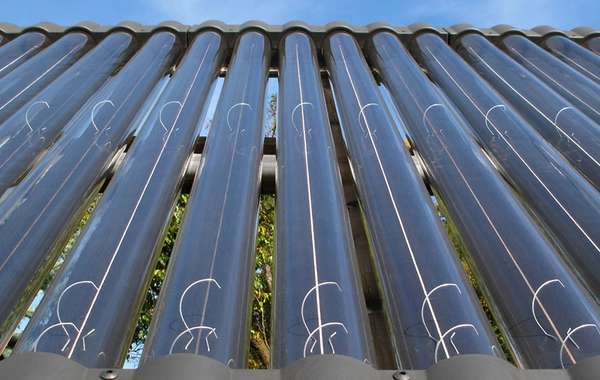
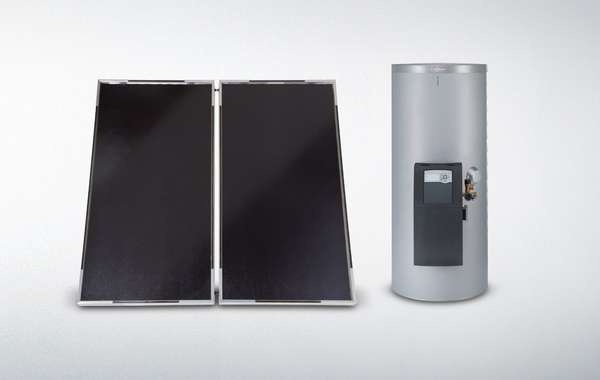

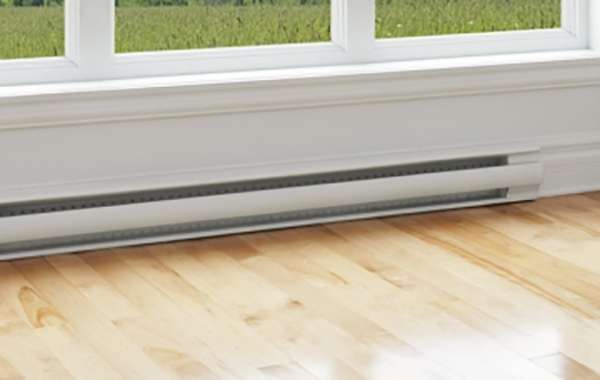
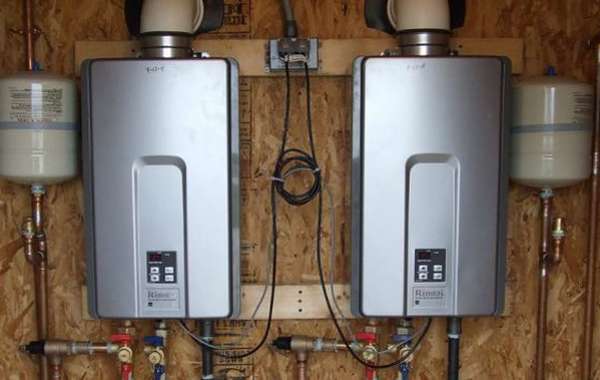

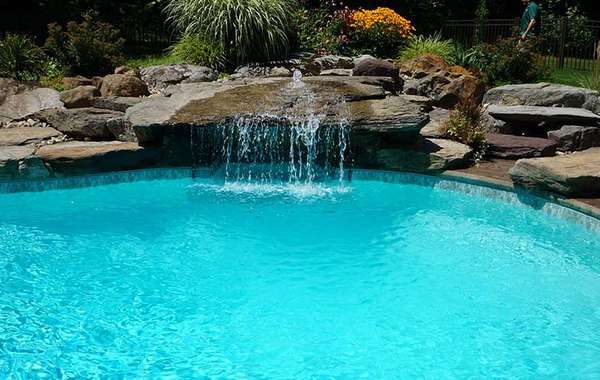



I am currently helping someone to troubleshoot a solar air heater that did not perform very well during those cold winters in the Great Plains. When I look for real world information on actual performance results, the testing period is always in early spring, summer, or early fall. Do you know anyone who has rigorously tested their solar air heater in the dead of winter - you know, when folks really need some heat?
Hi Alan,
We actually should have some results soon, we built a solar air heated floor (Air heated panels feed air tubes in a concrete floor) and should have some results in the near future, so be sure to check back soon. As for trouble shooting in your particular case, if it was purchased then I'd check with the manufacturer or installer, but given that you are asking here I will pepper you with suggestions based on the assumption that it is a DIY job -
Maybe panels aren't getting full sun hours in the day due to shading
That's just a few ideas, let us know if it's homemade or not and what you've tested so far, it would be fun to troubleshoot this with you.
Really interesting system, thanks for the article.
I have built a solar heater like yours. at night when the sun isn't out and it is cold outside the heater seems to work in reverse and by itself it is sucking the hot air out of the room and outputting cold air. How are other heaters hooked up to stop this from happening
Hi Mark,
It would indeed work in reverse if you ran it when the sun is down. We cannot provide technical details on how to install it but having it set on a thermostat so it turns on and off when the temperature of the incoming air benefits you would solve that.
People use a simple one-way flapper valve, made by hanging light polythene down across the vent at the top. When the air is hot and coming out, it pushes the poly sheet out of the way. At night, it closes and stops the circulation of air. There will obviously still be some loss but you get the idea. You could also put one at the bottom, but it would be facing the opposite wate way, facing in to the panet.
I'm also wondering if it would also work wothout using flapper valves but by using a very deep U bend by feeding from the top outlet down to the floor using 2" plastic pipe and then bringing it back up to the top to the hot exit. This, if it works, would have the advantage of not impeding the flow plus it wouldn't need the flap to seal and would be 100% reliable. The U bend could be in iehter the collector or insulated in the room.
You should have figured it out by now... but, I use a solar panel to power the system. (Three 12v fans, one pushing at the intake, one midway in the collector and one pulling from the output!) When the sun shines, the fans run.... at night, you get the idea!
Dont claim to be a expert but built a pair of 4x8 homemade panels using 2 inch non flamable foam 36 foot of aluminum dryer duct and and sheets of 1/4 tempered glass 17 years ago finally had to take them down for refurb this fall but for 17 years they heated my home most of spring and fall and supplemented winter heat very well cost of building each 250usd each had a 150 cfm fan and when they were running which was from slightly after sunrise to about early evening when sun got to far west put out 150 to 160 degree heat all day no kick in or kick out first day i fired up they came on at 9am went off at 5 pm ran all day and temp outside was 28 degrees outside temp didnt seem to effect efficiency much at all as i insulated all sides of panel but of coarse top and wired them with a 120 volt fan through a 90off/130 snap switch and one side of a baseboard heater thermostat so in early season could actually shut them down if house got to warm save literally thousand over those years on heating fuel.